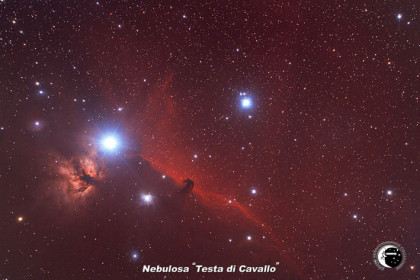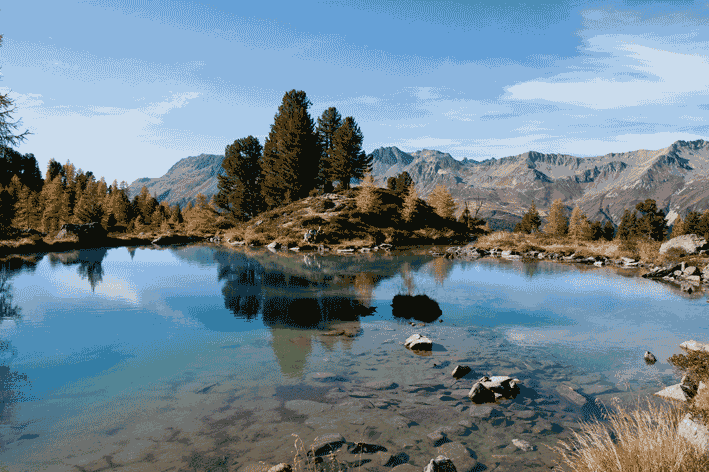
This month begins the saga for the Mars and Saturn observation, respectively on March 3rd and April 20th. You can successfully observe and photograph them both in the second part of the night. You should observe and take pictures of Jupiter just after Sunset. Uranus and Neptune are virtually undetectable due to the conjunction with the Sun. Venus can be seen in the West as the first bright evening star; at the end of the month it will be accompanied by Mercury.
A double star per month
The nebula of the Horse’s Head is a celestial object so well known yet so elusive that it is just below the first star to the left of Orion’s belt (Zeta Orionis). The head itself is a collection of gas and dust that eventually took the form of a horse’s head, hence the name. Its pale light reaches us after a trip of 1500 years. Observation is difficult if you don’t have either appropriate tools (large diameter binoculars) or a particularly dark and clear sky. In any case, only in photography does it reveal itself in all its beauty; in the pictures the scholars were able to identify various areas called “Bok globules”, where we know with certainty that new stars are forming.
In February, for the entire night we can see the most beautiful and majestic constellation during the course of the year: Orion. There we will aim our equipment to observe the star of the month, Rigel, indicated in the stellar maps as the “beta” star of the constellation of Orion. Beta Orionis is the seventh star of the sky for apparent brightness. Actually its absolute luminosity is 50 thousand times that of our Sun, and is 1000 light years away from us.
Rigel is a star classified as a blue super-giant according to physical-chemical parameters: if it were brought to the distance of SIRIUS (the brightest star in the sky, only nine light years away) its magnitude would be -10, a fifth of that of the full Moon, so it would also be visible during the day. But Rigel is a young star according to astronomical parameters: it is only 10 million years old and by burning all that energy there won’t be but more than one million years before it dies out.
If we point our telescopes towards Rigel, all you need is an 80mm apochromatic with a 250x enlargement, we will remain enraptured by the fact that a star as bright as this is accompanied by another less bright blue star, about 400 times weaker. The observation of this double star is really impressive: it shows a weak pinhead coming into contact with the irresistible luminosity of the first star.
 English
English  Italiano
Italiano 



